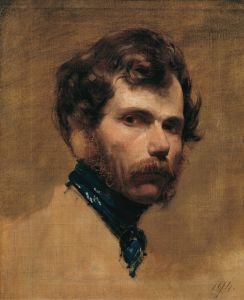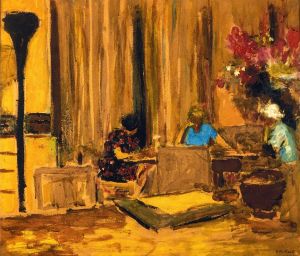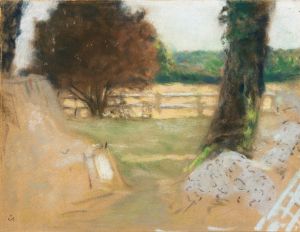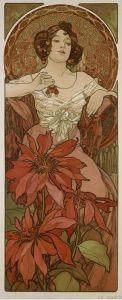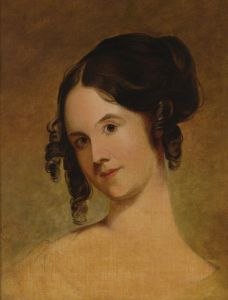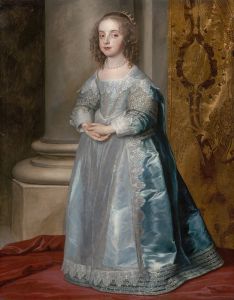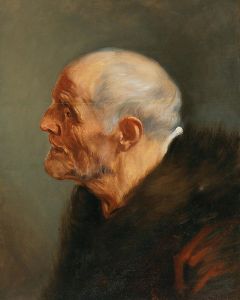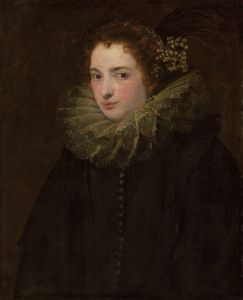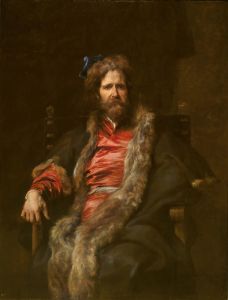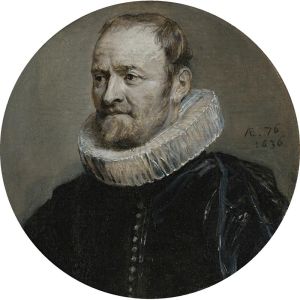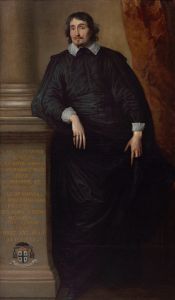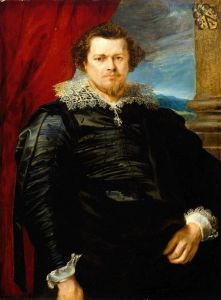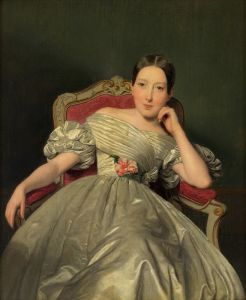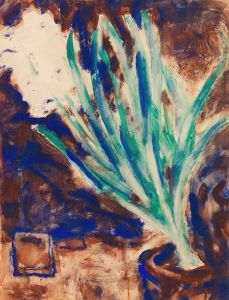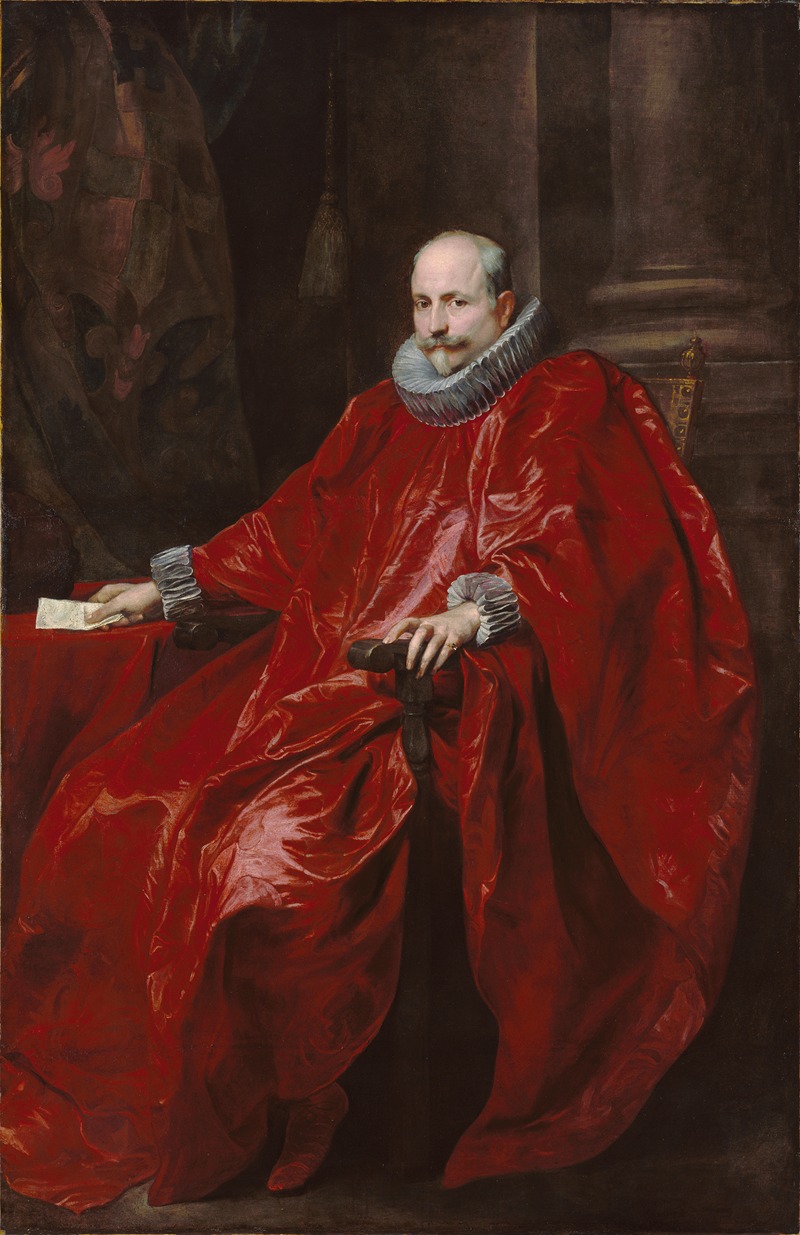
Portrait Of Agostino Pallavicini
A hand-painted replica of Anthony van Dyck’s masterpiece Portrait Of Agostino Pallavicini, meticulously crafted by professional artists to capture the true essence of the original. Each piece is created with museum-quality canvas and rare mineral pigments, carefully painted by experienced artists with delicate brushstrokes and rich, layered colors to perfectly recreate the texture of the original artwork. Unlike machine-printed reproductions, this hand-painted version brings the painting to life, infused with the artist’s emotions and skill in every stroke. Whether for personal collection or home decoration, it instantly elevates the artistic atmosphere of any space.
Anthony van Dyck's "Portrait of Agostino Pallavicini" is a notable work of art from the early 17th century, reflecting the artist's exceptional skill in portraiture and his ability to capture the essence of his subjects. Anthony van Dyck, a Flemish Baroque artist, was renowned for his portraits of European aristocracy and played a significant role in shaping the style of portrait painting during his time.
Agostino Pallavicini, the subject of this portrait, was a prominent Genoese nobleman and diplomat. The Pallavicini family was influential in Genoa, and Agostino himself held various important positions, including that of an ambassador. The portrait was likely commissioned to commemorate Pallavicini's status and achievements, a common practice among the nobility of the period who sought to assert their social standing and legacy through art.
Van Dyck painted this portrait during his stay in Italy, a period that was crucial for his artistic development. He spent several years in Italy, from 1621 to 1627, where he was influenced by the works of Italian masters such as Titian and gained numerous commissions from Italian nobility. This exposure helped him refine his style, characterized by elegance, sophistication, and a keen attention to detail.
In "Portrait of Agostino Pallavicini," van Dyck employs his signature style, which includes a rich color palette, a focus on the textures of fabrics, and a naturalistic portrayal of the subject's features. Pallavicini is depicted in luxurious attire, indicative of his high social status. The attention to detail in the rendering of the clothing, particularly the intricate lace and the sheen of the fabric, showcases van Dyck's mastery in capturing the material culture of the time.
The composition of the portrait is both formal and dynamic. Pallavicini is positioned in a three-quarter view, a common pose in portraiture that allows for a more engaging interaction with the viewer. His expression is composed and dignified, reflecting his noble status and the gravitas associated with his role as a diplomat. The background is subdued, ensuring that the viewer's focus remains on the subject.
Van Dyck's ability to convey the personality and status of his sitters made him a sought-after portraitist among the European elite. His portraits are not merely likenesses but are imbued with a sense of the sitter's character and social position. This particular portrait is an excellent example of van Dyck's skill in this regard, as it captures both the individuality and the nobility of Agostino Pallavicini.
Today, "Portrait of Agostino Pallavicini" is held in high regard as an exemplary work of Baroque portraiture. It is part of the collection at the Getty Museum in Los Angeles, where it continues to be appreciated by art historians and the public alike. The painting not only highlights van Dyck's artistic prowess but also offers insight into the cultural and social dynamics of 17th-century Europe, making it a valuable piece for both its aesthetic qualities and its historical significance.





